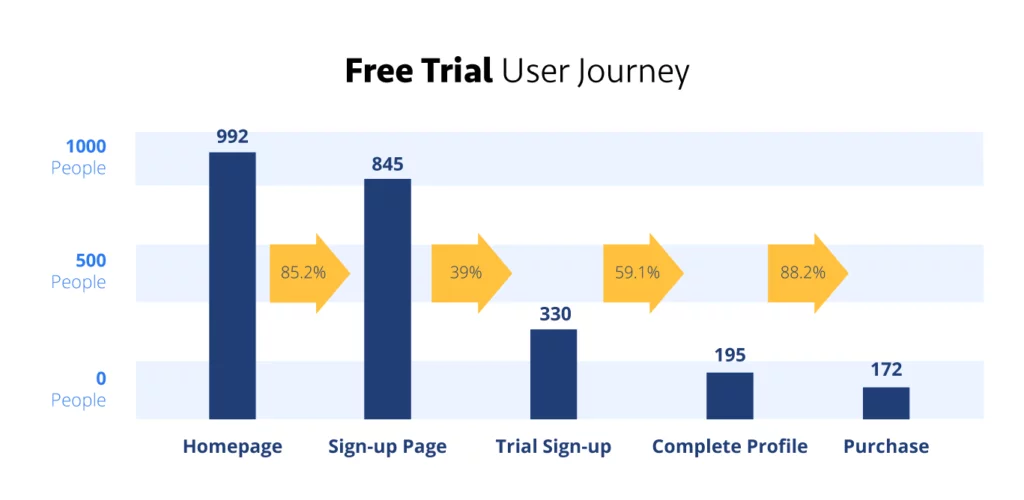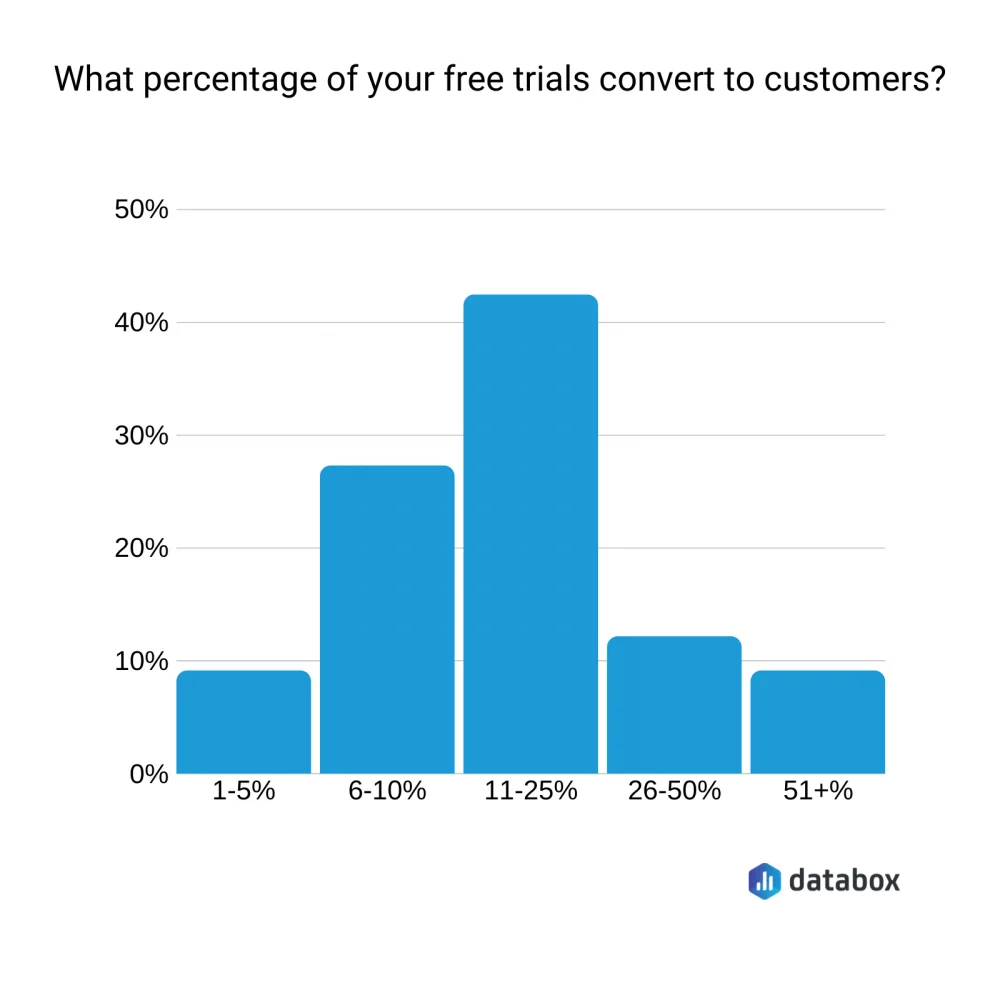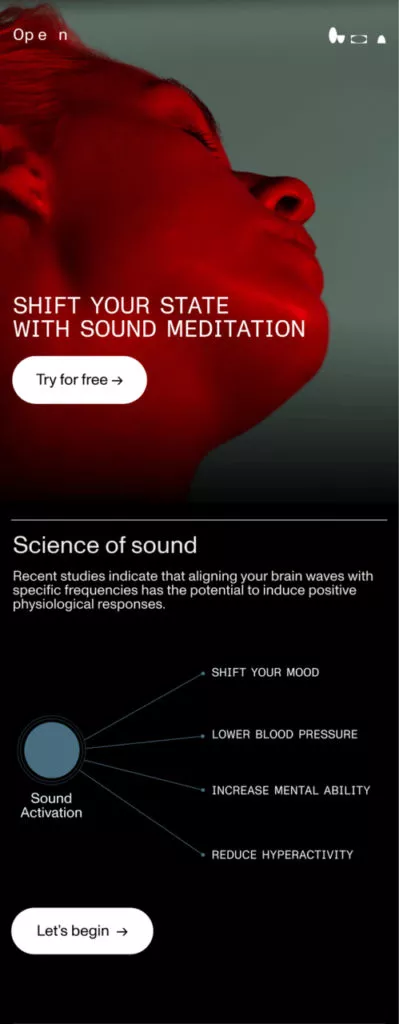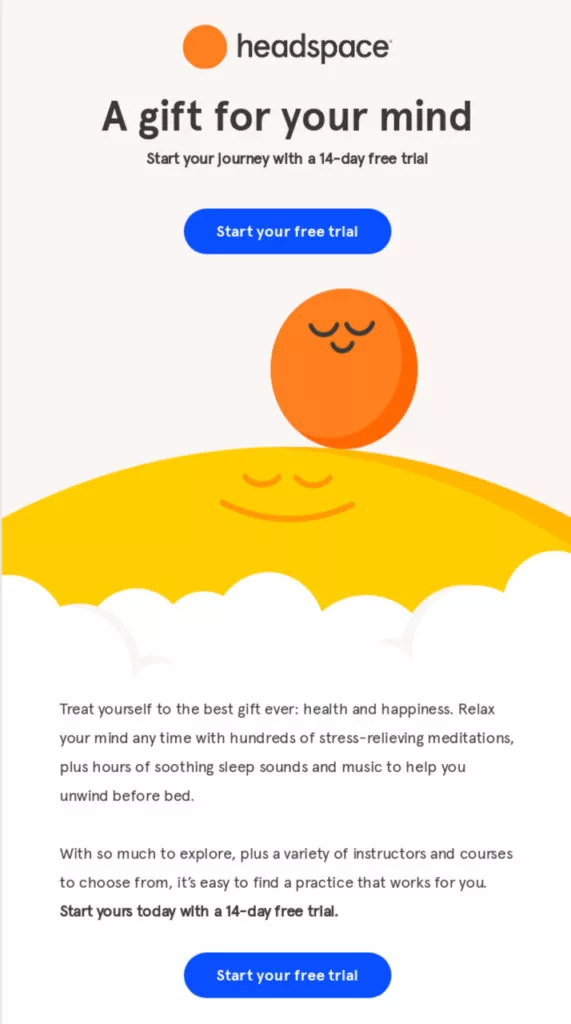In the dynamic landscape of digital marketing, where user engagement is the key to success, the potency of email campaigns cannot be overstated. As businesses strive to convert potential customers into loyal subscribers, the utilization of free trial emails has become a strategic cornerstone. According to recent statistics, email marketing boasts an impressive return on investment (ROI), with every $1 spent yielding an average return of $42. This underscores the unparalleled effectiveness of email as a direct and personalized communication channel.
In the words of marketing guru Seth Godin, “Permission marketing turns strangers into friends and friends into loyal customers.” This encapsulates the essence of free trial emails—a vehicle that not only captures attention but also establishes a foundation for lasting relationships. To navigate this realm successfully, understanding the art and science behind crafting compelling free trial emails is paramount. In this exploration, we delve into the realm of statistics and expert insights, unlocking the secrets to creating email campaigns that not only grab attention but also convert potential customers into devoted brand advocates.
Why Free Trial Emails Are Your Gateway to Success:

- Engagement and Awareness: Free trial emails serve as the spotlight that captures the attention of potential customers, sparking interest in your product or service. It’s not just an email; it’s a dynamic invitation that encourages active engagement with your brand.
- Hands-On Experience: Move beyond the theoretical and immerse your audience in a tangible experience. A free trial isn’t just about listing features; it’s an opportunity for users to interact with your product firsthand. Let them explore the functionality, understand the unique value proposition, and assess how your product aligns with their needs.
- Reduced Risk: In consumer hesitations, a free trial acts as a safety net. Users, often wary of commitment, can only test the waters with financial constraints. This reduced perceived risk empowers them to evaluate the benefits and ensure that your product aligns seamlessly with their expectations before making a financial commitment.
- Building Trust: Trust is the cornerstone of lasting relationships. By offering a free trial, you’re not just showcasing your product but demonstrating unwavering confidence in its value. This transparent gesture lays the foundation for trust, fostering a connection beyond a mere transaction.
- User Acquisition: The journey begins with a trial, but it continues. Once users sign up, you have a golden opportunity to showcase the full value of your product, paving the way for conversion into loyal paying customers. It’s not just about a trial; it’s about building a community of engaged users.
- Data Collection: Your free trial period isn’t just a test drive; it’s a two-way exchange. As users explore your product, you gain valuable insights into their behavior and preferences. This data becomes a strategic tool, guiding your marketing efforts, enhancing user experience, and optimizing your product based on real user feedback.
- Upselling Opportunities: The journey extends beyond the trial phase. Having experienced the benefits, users are primed for upselling opportunities. Whether unlocking additional features or upgrading to a premium subscription, the post-trial phase is ripe with possibilities.
- Email Marketing Effectiveness: In the clutter of digital communication, emails remain a direct and personalized channel. Free trial emails land directly in your potential customers’ inboxes, providing a convenient space for them to access crucial information about the trial and take immediate action.
What to Include in a Free Trial Email Example – Best Practices and Tips

Effective free trial emails involve attention to key elements to engage subscribers and encourage them to explore your product. Here’s a detailed breakdown of what to include:
1. Subject Line: The subject line is the gateway to your email. Craft an engaging and compelling subject line to boost open rates and captivate subscribers’ attention. Consider using enticing language that communicates the value of the free trial.
2. Addressing: Start your email with a warm greeting to make subscribers feel welcome and acknowledged. A personalized and friendly tone sets the stage for a positive interaction, making the subscriber more likely to engage with the content.
3. Free Trial Offer: Don’t keep your free trial a secret. Showcase it prominently at the beginning of your email. Clearly communicate the duration of the problem and any specific terms and conditions. Make it enticing, emphasizing the value they will gain by taking advantage of the trial.
4. Value Proposition: Present the benefits of your product’s free trial. Utilize unique selling proposition examples to highlight what sets your product apart. Clearly articulate how the trial addresses subscribers’ needs and enhances their experience.
5. Onboarding: Help subscribers familiarize themselves with your product and its features. Provide user-friendly onboarding tips and guidance to ensure a smooth and positive experience. This step is crucial for creating a lasting impression.
6. CTA (Call-to-Action): Incorporate a strategically placed Call-to-Action (CTA) button that guides subscribers to learn more about your product or directs them to pricing details. Make the CTA clear, compelling, and aligned to encourage trial sign-ups.
7. Help Resource: Offer additional resources such as documentation, tutorials, or guides. This extra information helps subscribers better understand your product and enhances their knowledge. Providing support materials reinforces your commitment to a positive user experience.
8. Duration/ Time Limit: Communicate any time limitations of the free trial. If there’s a deadline, highlight it to set expectations and avoid negative surprises. Urgency can also prompt subscribers to act promptly.
9. Encouraging the Free Trial: Reiterate the advantages of the free trial and emphasize why it’s beneficial for subscribers to explore your product. Clearly state the value they will gain and how the trial can help them make an informed decision.
10. Closure/ Signature: Conclude your email with a professional and courteous closure. Extend your regards, introduce yourself, and provide contact details. A well-crafted closure reinforces the professionalism of your brand and encourages a positive perception.
Real Life Examples of Free Trial Emails:
1. Open

Open's approach to their free trial email is aesthetic brilliance. The visual appeal begins with a captivating image background that seamlessly supports the entire email. The strategic placement of the brand's motto and a prominent "Try for Free" button entices subscribers to take immediate action.
As recipients delve further into the email, Open skillfully unfolds the features and advantages of their sound science, aiming to influence the perspective of potential users. The well-crafted content informs and engages, creating a narrative that resonates with the brand's identity.
Towards the email's zenith, another strategically placed button beckons, inviting subscribers to embark on an adventure of learning more about the depth of the service. The overall design and content orchestration make Open's free trial email an exemplary model for those seeking to marry aesthetics with a compelling call to action.
2. Lululemon
Lululemon's free trial email takes a direct and efficient approach to communicate its offer to subscribers. The introductory image boldly declares, "Start your 30-day free trial," clearly setting the primary aim in the recipients' minds. The straightforward language aligns with the brand's commitment to simplicity and transparency.
The subsequent explanation motivates and provides essential details, painting a vivid picture of what subscribers can achieve during their trial period. An emphasized code for use on the checkout page adds a practical touch, ensuring a seamless transition from interest to action.
The email concludes with a strategically concise and impactful button to prompt subscribers to take the next step. Lululemon's free trial email is an exemplar for brands aiming for clarity and efficacy in their communication.
Learn about giveaway emails here.
3. Headspace

Headspace's free trial email stands out with its vibrant and inspiring design. The brand positions the trial as a gift to subscribers, emphasizing the value it adds to their lives. Combining the right brand image and thoughtful design elements creates an appealing visual experience.
Offering a 14-day free trial, Headspace provides two prominent buttons with a consistent call to action: "Start your free trial." This strategic redundancy ensures flexibility for subscribers – they can either directly embark on the trial or delve into the details if they wish to learn more before committing.
Headspace's free trial email exemplifies a harmonious blend of color, design, and a user-centric approach, making the offer visually appealing and enticing for potential users.
4. Weglot

Weglot's free trial email exemplifies the art of simplicity and information dissemination. As a beacon for new users, the email warmly extends a welcome and guides them through the initial steps of their Weglot journey.
The email intelligently breaks down the essential information, giving users a clear roadmap for getting started. Weglot goes beyond mere instructions; it shares valuable insights and factors that facilitate a deeper understanding of the product. This strategic communication ensures users feel empowered to make the most out of their trial period.
Crucially, Weglot doesn't leave users in the digital wilderness. The email extends a personal hand, offering assistance if needed. This touch of personalization enhances the user experience, creating a sense of support and assurance.
As a delightful finale, Weglot sweetens the deal by sharing a discount code. This serves as an incentive for users to transition from trial to subscription and showcases Weglot's commitment to making their product accessible and valuable.
Learn how to welcome your customers via email here.
5. PicMonkey

PicMonkey's free trial email is a masterclass in visual communication. The captivating visuals instantly draw subscribers into a risk-free creative world, emphasizing the brand's commitment to ensuring a satisfying trial experience.
The email strategically utilizes the term "risk-free," accentuating the satisfaction guarantee of the free trial. The images accompanying the email are not just decorative; they serve a purpose in reinforcing the brand's message. The following explanation is brief yet powerful, ensuring the main idea is clear and resonates with the audience.
A strategically placed button acts as a catalyst, inviting subscribers to take the plunge and start their risk-free trial. The call to action is direct, aligning with the brand's promise of a hassle-free and enjoyable trial period.
PicMonkey doesn't stop at providing a trial; the email goes the extra mile by suggesting templates to support social media inclusion. This adds value and guides users in maximizing their creative potential with PicMonkey.
Conclusion:
In digital marketing, free trial emails emerge as the initial touchpoint that can leave a lasting impression on potential users. Recognizing this pivotal opportunity, it becomes imperative to craft a perfect free trial email that not only informs but also showcases the impact of your product or service.
The free trial email is one of the first chances to captivate potential users. It's a moment to showcase your brand's unique value proposition and leave an indelible mark on the minds of your audience. This initial interaction sets the stage for a journey that can transition users from curious prospects to loyal customers.
To make the most of this opportunity, it's crucial to choose a free trial email type that aligns seamlessly with your business. Customization is key, whether it's the visually aesthetic approach, a direct and informational tone, or a vibrant and inspiring design. Tailoring your free trial email to fit the nuances of your brand ensures that it resonates with your target audience, maximizing the likelihood of conversion.
FAQs on Free Trail Emails:
Are Follow-up Emails Important After the Free Trial Period Ends?
Absolutely. Follow-up emails are vital in nurturing leads and maintaining engagement after the free trial period concludes. Expressing gratitude, seeking feedback, and providing information on subscription options can significantly impact user decision-making, encouraging them to transition from trial users to paying customers.
Can Free Trial Emails Be Used for Software or Digital Products Only?
No, the versatility of free trial emails extends beyond software and digital products. Whether you offer physical products, services, or online courses, providing a trial period to experience your offerings is applicable across diverse industries. The key is to tailor the approach based on the nature of your business.
What Role Does Storytelling Play in Free Trial Emails?
Storytelling serves as a powerful tool to establish a connection with users. Sharing success stories, use cases, or scenarios that illustrate how your product or service addresses specific problems can help users envision the value of the trial in their own context. By weaving a compelling narrative, you create a memorable experience that resonates with your audience and enhances the impact of your free trial offering.



